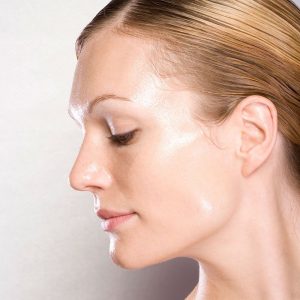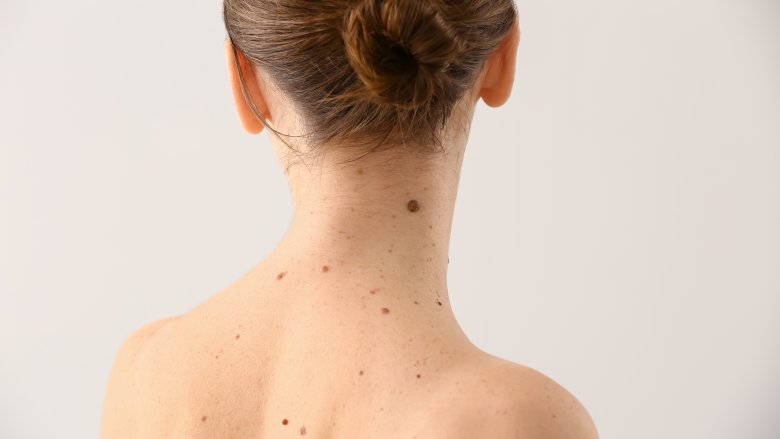In 1975, Thomas B. Fitzpatrick developed the first skin type classification, and it was based on the amount of melanin a person has in their skin. This classification may be accurate, but it doesn’t describe each individual’s entire beauty spectrum. There are many skin blemishes and characteristics that create uniqueness. Discover your skin type and learn how you can take better care of your largest organ.

Fitzpatrick Classification
This is one of the oldest classifications, and it describes the level of risk a person has of developing skin cancer. We all know that the lighter the skin, the higher the chance for sunburns and, in turn, the higher the risk of developing skin cancer. This classification has a vast spectrum, and it includes all of the skin tones and other factors such as the colour of your hair and eyes. Using the Fitzpatrick scale, you can find your skin type and learn how to protect your skin and health from sun exposure.
Normal skin
While many experts consider this term slightly inaccurate, normal skin has a combination of dry and oily skin traits. This skin type has a consistent texture, and it is not prone to acne, scaling, or other common imperfections.
Oily Skin
This skin type can create too much sebum, and it usually causes a person to have a bright complexion. This look is generally found in people under thirty years old, and sometimes it tends to decrease with age. An important note to keep in mind regarding this skin type is; it is the result of genetics, hormones, lifestyle, and age. While it provides adequate hydration for the skin and keeps the wrinkles away for a period, it is also prone to acne if the sebum is not removed periodically or regulated.

Sensitive Skin
This skin type can be quite challenging because it has an exaggerated or abnormal response to factors that wouldn’t usually cause irritation or redness. Sometimes, an allergy can cause this reaction, which should be considered and investigated. Moreover, if you have this specific skin type, you should be especially careful about the products you use in your beauty routine and avoid any harmful chemicals.
Dry Skin
Well-known at some point to all of us, dry skin appears from many causes. First of all, take care of your environmental factors. Our skin can get dry from the cold exposure during the winter season, especially on the face. As a general rule, dry air will cause dry skin, so check the humidity levels within your home. Hormonal changes and certain medication can also lead to dry, flaky skin, which may not have been present previously.
Synthetic clothing is also responsible for dryness, and cotton clothing is preferred so the skin can breathe. The symptoms of dry skin can be tackled either by lifestyle changes or with correct moisturizing. Remember, moisturized skin is a matter of consistent care.

Moles
Moles can appear during childhood or teen years, and they are widely considered to be beauty marks. They are a group of pigment cells, and the colour can usually be described as a shade of brown. If you notice any change in your moles’ colour, texture, or size, it is advised to consult a doctor. Also, make sure you give your moles extra protection during sun exposure.
Conclusion
Skin comes in all colours and textures, and it is the first thing we notice about someone. As we saw in this article, there is no ideal skin type, and they all have their traits and characteristics. Our skin should be embraced and loved exactly how it is because it is ours.
References:
1. https://www.almirall.com/your-health/your-skin/types-of-skin
2. https://www.webmd.com/beauty/whats-your-skin-type#1
3. https://www.tatcha.com/blog/How-to-determine-your-skin-type.html




